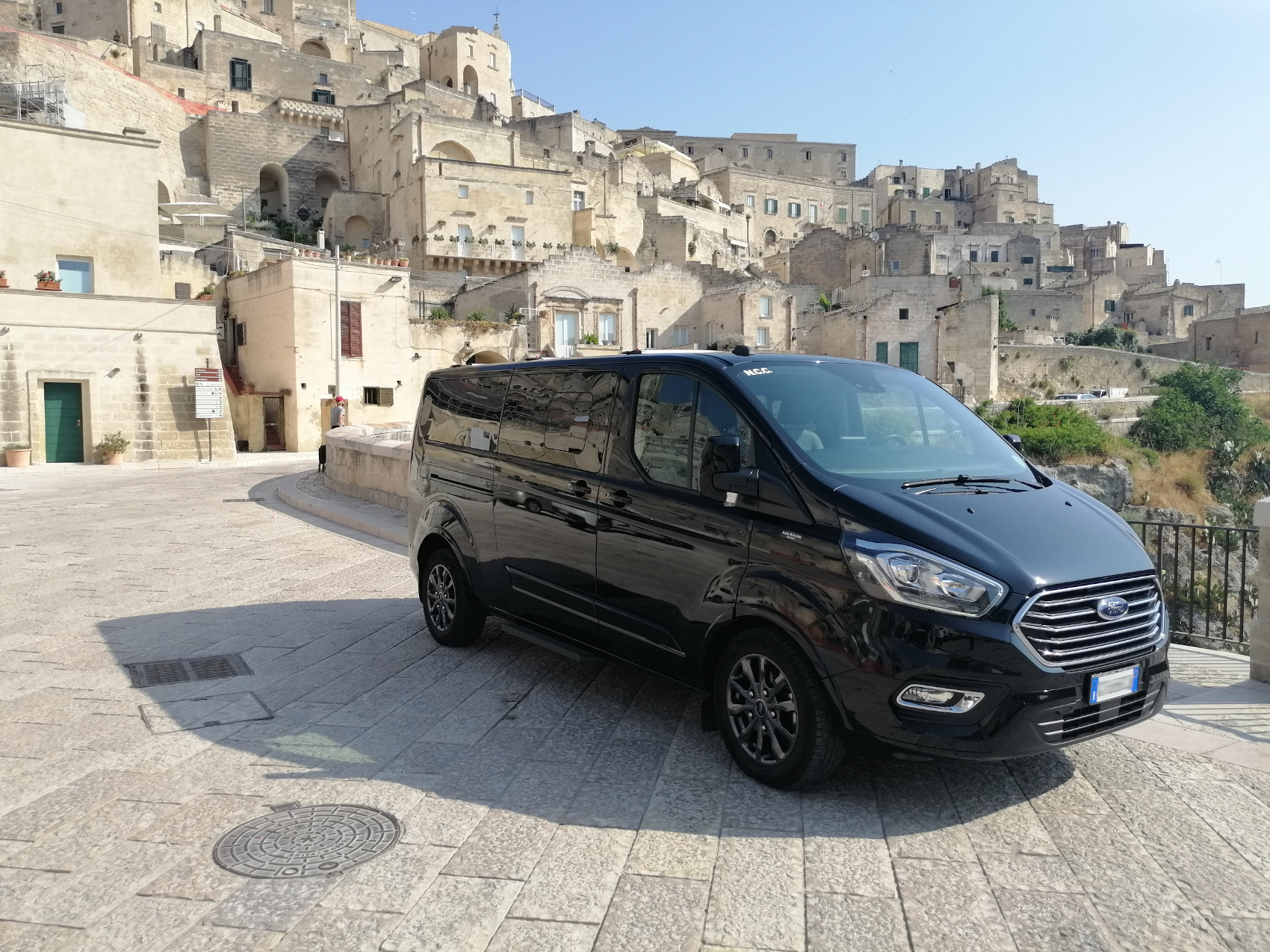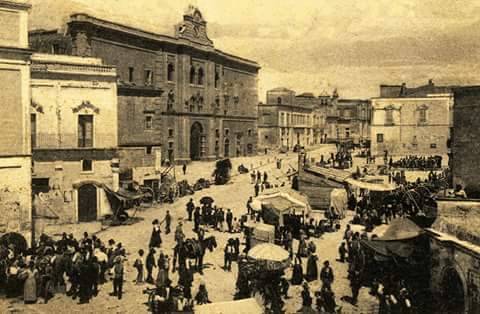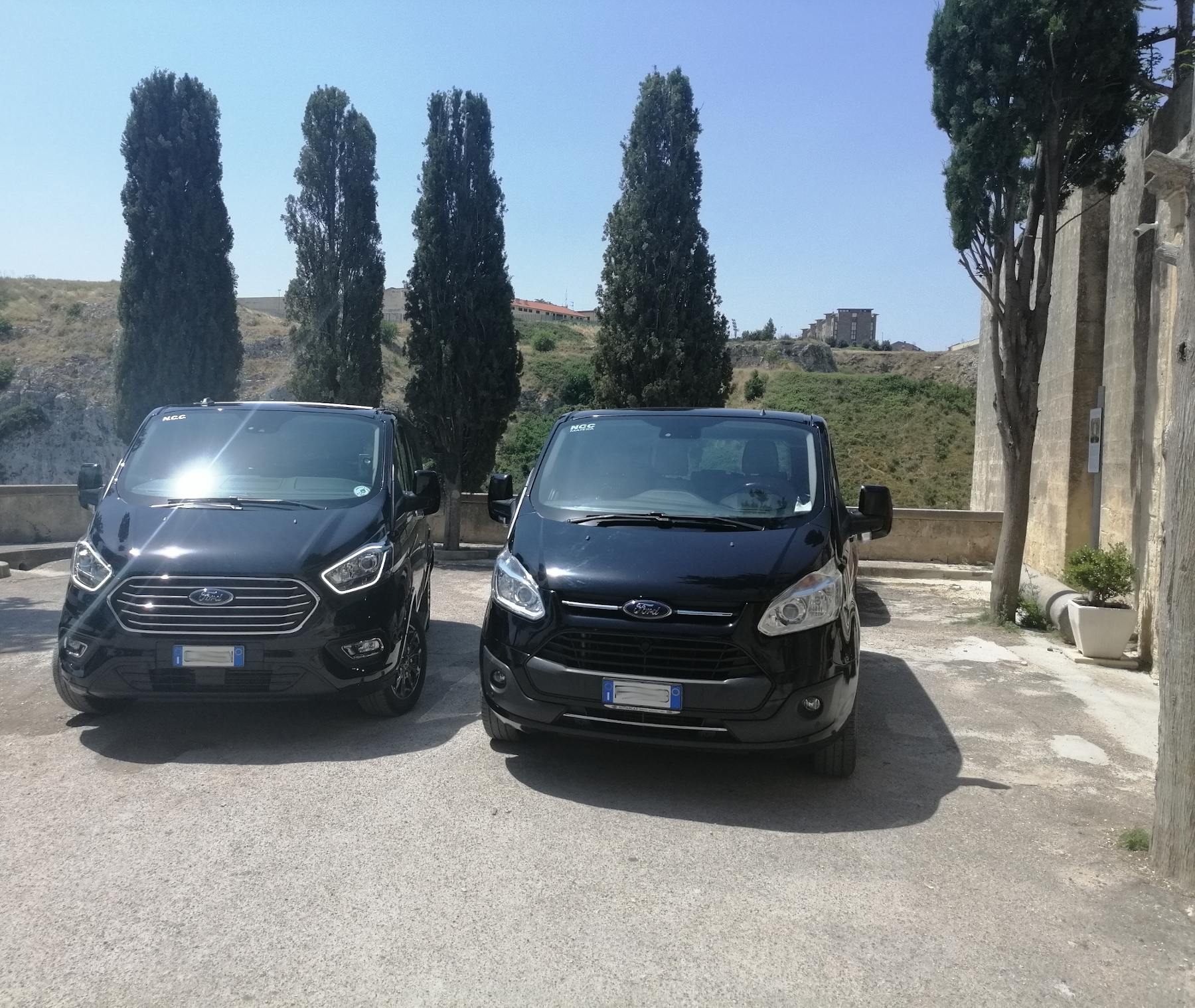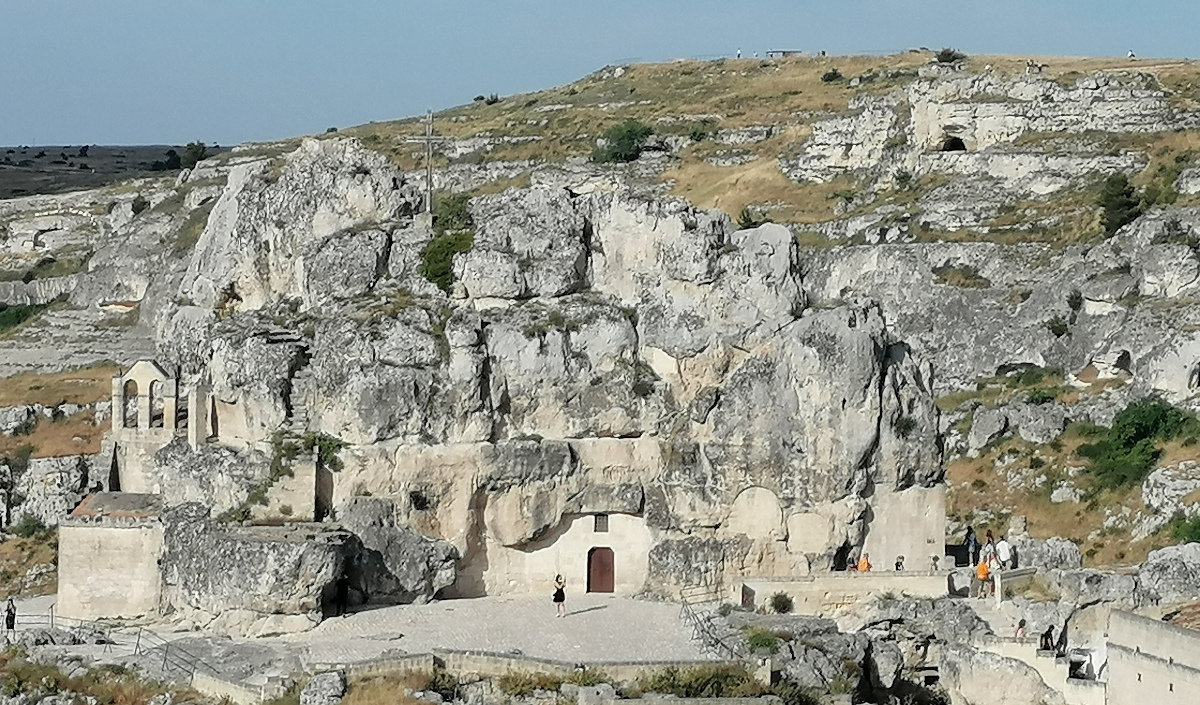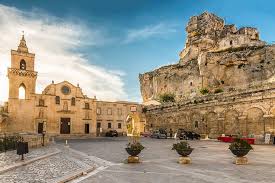RENTAL SERVICES WITH DRIVER
FROM AND TO MATERA
THE STORY
The story of the Sassi di Matera
Shuttle Matera
by Made in South of Italy
Matera: etymology of the name
According to recent surveys the origins of Matera and the Sassi date back to the Paleolithic era. There are no definite traces about the origins of the name of the city. Various are the theses of its etymological origins. According to one of these theses the name was given by the Romans who called it Mateola.
It is assumed that the name was derived from the Greek "Metaio olos" that is, all empty. Other historians, however, believe that the name Mateola was given by the Roman Consul Quintus Cecilio Metello who rebuilt the city in 90 a. C..
Other theories attribute the origins of the name Mathera to the term mata (heap of stones) or even the union of the first syllables of the two destroyed cities of Metaponto and Heraclea whose inhabitants founded the city of Matera
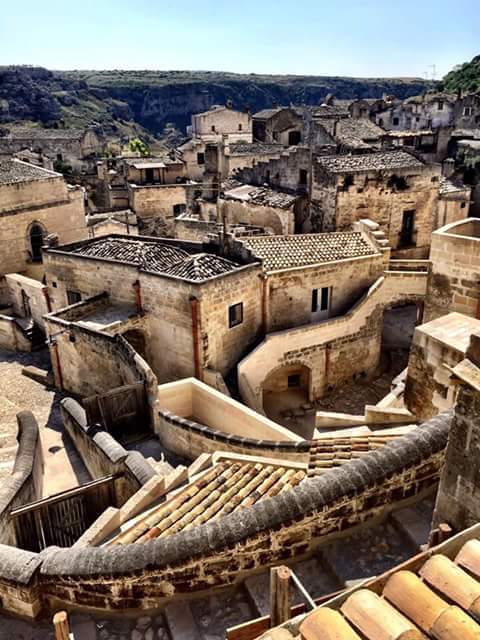
From the Paleolithic to the present day

Walking through the Rioni Sassi you notice that the various houses do not have a pre-established architecture. Each house, in fact, is placed on a level different from the other. However, it can be noted that the districts are divided into housing units located according to the natural morphology of the site.
These housing units consisted of a common area called Neighborhood that connected the various houses with the church. The Rioni Sassi in fact have hundreds of small rock churches. The various houses were obtained in the rock made of limestone and porous material and easily moldable.
The various infiltrations of water inside the rock allowed their inhabitants drinking water in the house collected and decanted naturally in natural tanks and a constant temperature inside the cave.
The Castle of Count Giancarlo Tramontano
In memory of a history of oppression, the Tramontano Castle is visible from most of the city. The city of Matera had repeatedly managed to free itself from the feudal yoke paying several ransoms and trying to remain free city to autonomous regiment, then directly dependent on the Royal Crown.
According to recent surveys the origins of Matera and the Sassi date back to the Paleolithic era. There are no definite traces about the origins of the name of the city. Various are the theses of its etymological origins. According to one of these theses the name was given by the Romans who called it Mateola.
Unfortunately, the promises to the materani of the new king of Naples, Ferdinand II, no longer to cede the city to any feudatory, were not kept. In fact, Count Tramontano, who had claims against the Royal Treasury, asked for and obtained the County of Matera in 1496. In 1501 the Count began the construction of the castle on the so-called "hill of Lapillo", near the current historic center of Matera.
The Said Castle is in Aragonese style with a central male and two lower side towers. Both round and scalloped are also equipped with slits. The Count never saw the end of the construction of the castle and was killed in the first half of 1500 by a revolt of the people of Matera. The count, in fact, soon became unpopular with materani because to meet his debts he taxed the population with heavy taxes. The castle is still unfinished.
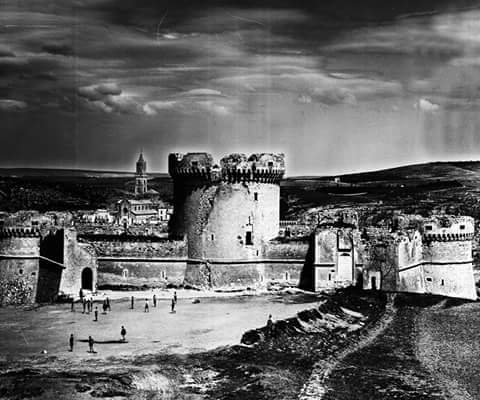
On September 21, 1943
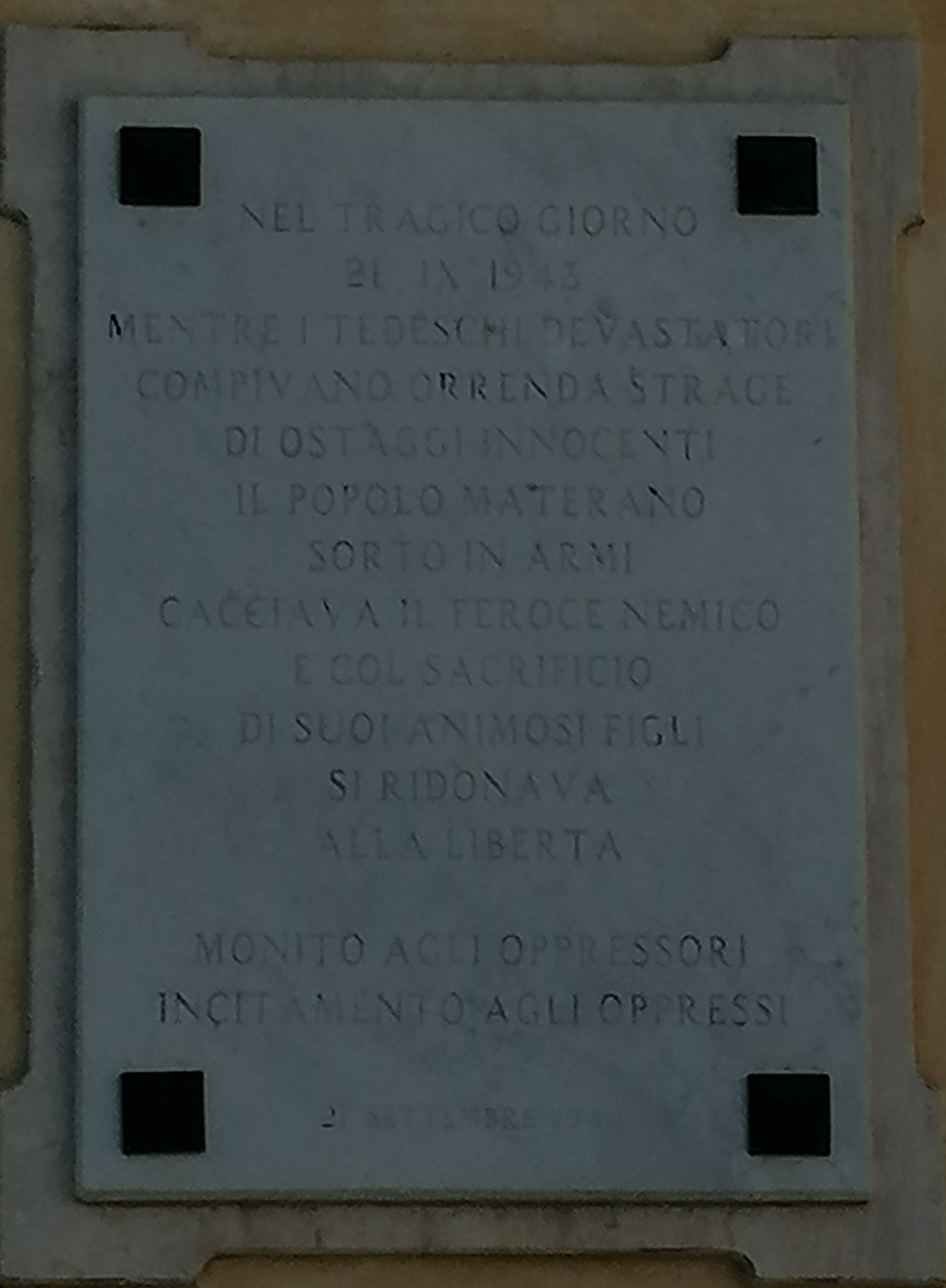
One of the most important awards of the city of Matera is undoubtedly the historical one. To have been, in September 21, 1943, the first city to rebel against the Nazifasciti. In memory of this tragic and important acknowledgment there is exposed in the Main Square of the city a plaque that reads:
ON THE TRAGIC DAY
21 IX 1943
WHILE THE DEVASTATING GERMANS
THEY WERE COMMITTING HORRENDOUS SLAUGHTER
OF INNOCENT HOSTAGES
THE PEOPLE OF MATERA
INSURGENT WITH ARMS
HE HUNTED THE FIERCE ENEMY
AND WITH SACRIFICE
OF HIS CHILDREN
HE BOUNCHED BACK
TO THE FREEDOM
WARNING TO THE OPPRESSORS
INCITEMENT TO THE OPPRESSED
21 SEPTEMBER 1944
Immediately after the armistice The fascists abandoned the. Palace of Militia which was occupied by German soldiers who were preparing for retreat. The people of Matera, in these days. , was exasperated and forced to suffer several abuses and looting by the Nazis. These days the situation became increasingly tense. The raids and arrests of civilians and military detained by the Germans in the Palace of the Militia began, including Natale Farina and Pietro Tataranni, two maternal soldiers returning from the front arrested on 21 September.
The spark that sparked the gunfight between Materani and Tedeschi was the killing of two German soldiers who were in a jewelry store. It wasn’t worth trying to hide the two bodies. The news spread quickly through the city and, soon after, an Austrian soldier who was in a shaving room was stabbed by another maternal citizen. In the following hours a violent guerrilla warfare led by Lieutenant Nitti broke out and decided to arm both the military and civilians in various strategic areas of the city. The invaders also besieged the palace of electricity to leave the city in the dark and exploded the palace of the Militia in which they had locked up some materani.
Our rental services with driver
Cartoline di Matera (postcards from Matera)
We collect splendid professional and amateur and vintage photographs of Matera and the Sassi.
Browse our Facebook page and click "Like" for your favorite photos
